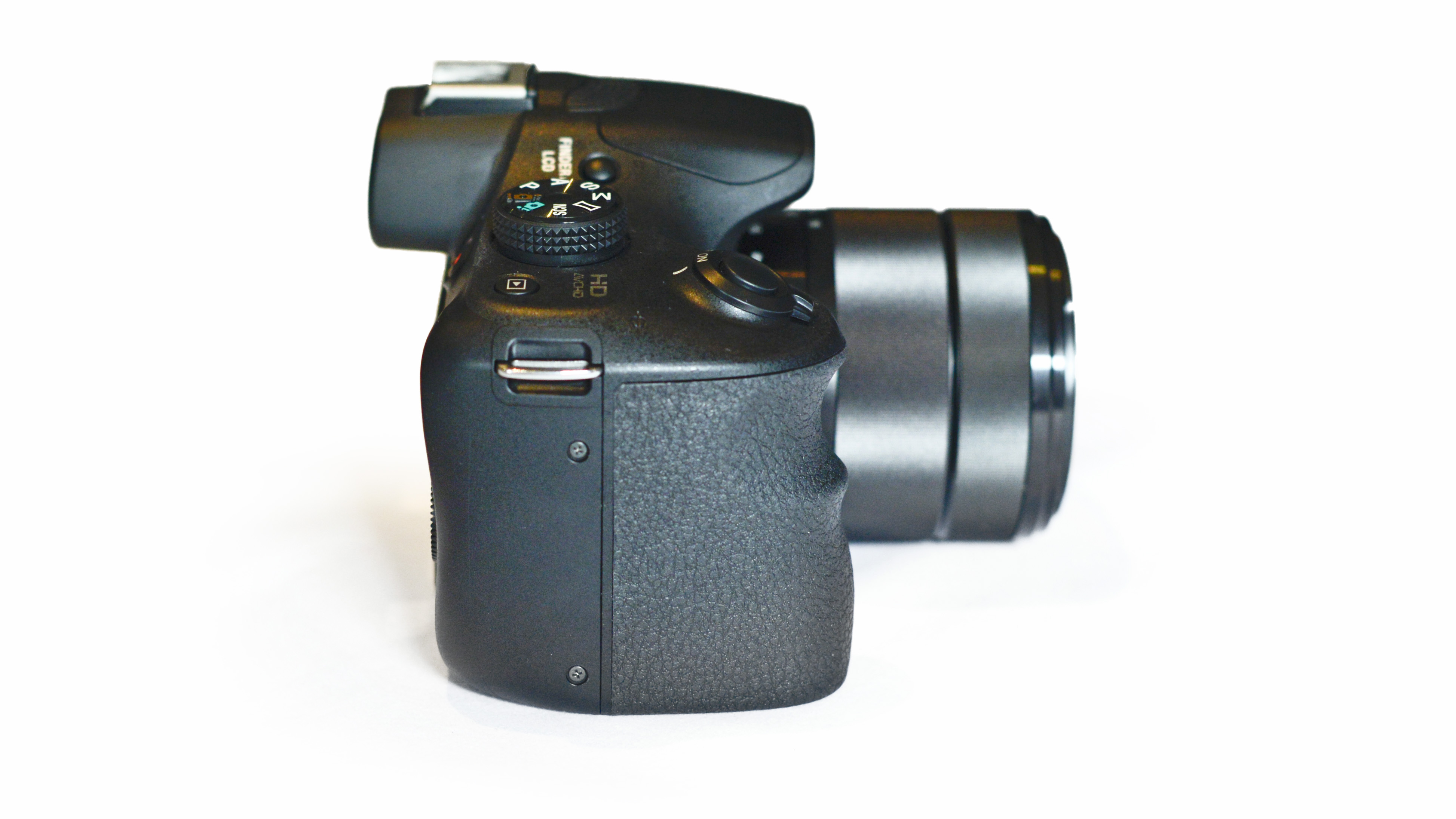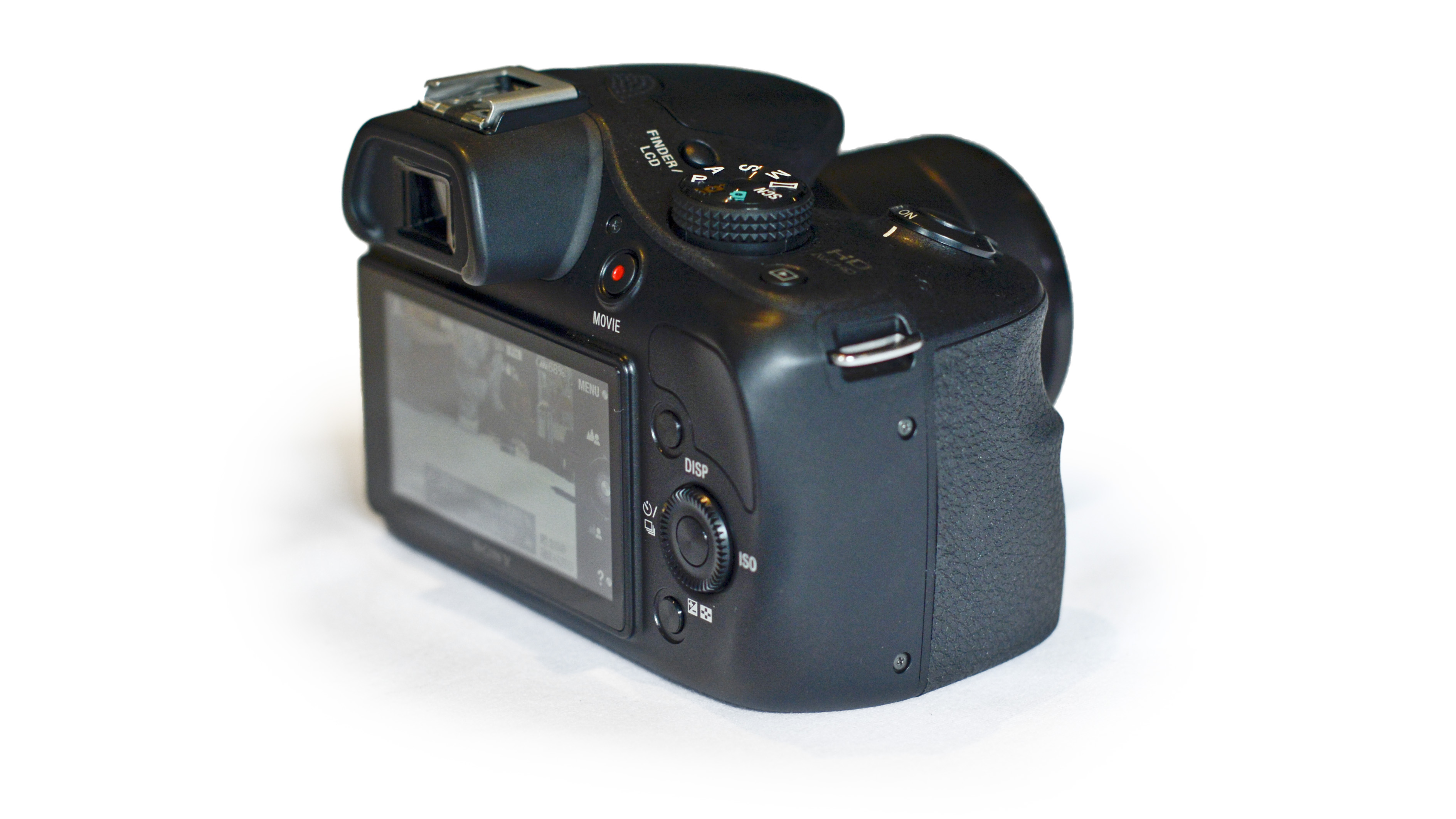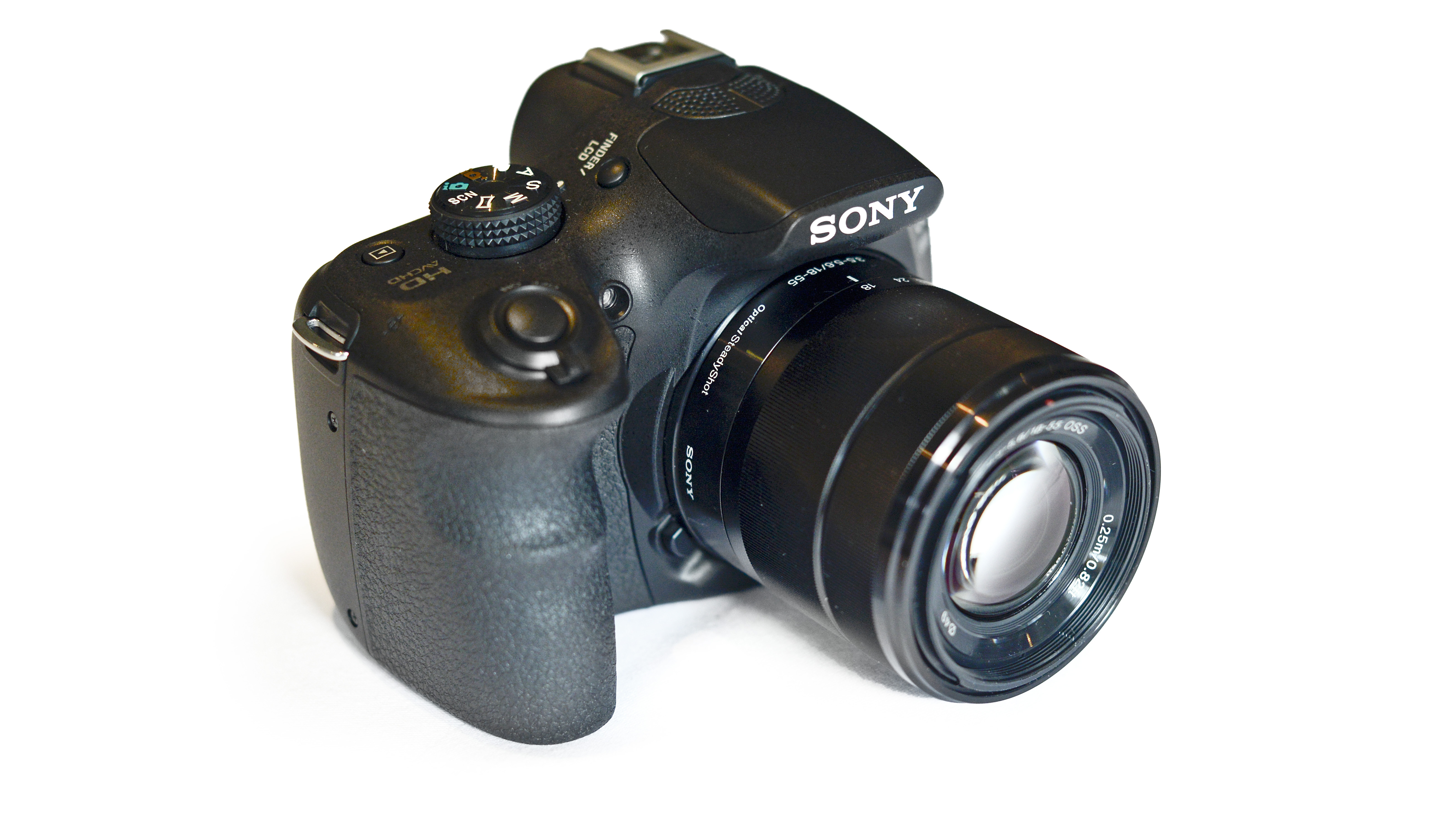Why you can trust TechRadar

We've been pretty impressed by the performance of Sony sensors for the past few generations, and we're pleased to say that it's no different for the a3000.
Despite its low price point, the images from the camera are excellent, displaying a good level of detail from its 20.2 million-pixel sensor. Colours are vibrant and punchy without displaying too much saturation so as to be unrealistic. Skin tones are reproduced well too, with natural and pleasing colours.
Sony's automatic white balance system does a good job, even when presented with mixed or artificial lighting conditions. It does err slightly towards warmer tones at times, so if you are finding it to be particularly problematic, switching to a more appropriate white balance setting can be beneficial.
Similarly, general purpose metering does a good job in the majority of conditions, only confused slightly by very high contrast situations, where it has the tendency to overexpose slightly. You can either switch to spot metering or dial down exposure compensation to make up for it if it's proving problematic.

The a3000 comes with an 18-55mm kit lens as standard, which makes for a good carry-around lens. Despite its maximum aperture of f/3.5 (at the wide angle end of the lens), you can still get attractive shallow depth of field effects when using it. Covering an effective focal range of 27 – 82.5mm, there's good scope for shooting a wide range of subjects.
By shooting at a mid range aperture, such as f/8, we can assess image sharpness across the frame. Focus is kept sharp throughout the frame in most instances, losing only a small amount of detail towards the very corners. There's also little evidence of chromatic aberration and fringing, which is pleasing.
At lower sensitivities, there's not too much evidence of image smoothing. Detail starts to be lost the higher up the sensitivity range you go, but even at ISO 2500 and above, noise is kept impressively at bay, while detail is still pretty good. If you're shooting in very low light, chroma noise does start to become more apparent, but images shot up to around ISO 2000 are still acceptable at smaller printing and sharing sizes.
Sign up for breaking news, reviews, opinion, top tech deals, and more.
Filters
Sony has quite a wide range of digital filters, named Picture Effects. Some of them, as you might expect, are better than others, but a lot of it is down to personal preference. We particularly like High Contrast Monochrome and Toy Camera, but it's worth experimenting with the range on offer. If you need more flexibility, such as the ability to shoot in raw format, it's worth trying different Creative Styles. Options such as Vivid and Monochrome are available, with customisation to parameters, such as contrast, available. Monochrome is particularly pleasing, and because you can shoot in raw format, you could have a colour version to go back to if you need it.
On the whole, processing speeds are very quick. Some of the art filters require more time, for instance the HDR Painting mode, as this is compositing three separate images, but generally the camera is ready to shoot again almost immediately after taking the preceding shot. Sony claimed that the autofocusing speeds of this camera surpassed the likes of Canon and Nikon DSLRs. That also seems to be true, especially when comparing the camera to traditional DSLRs shooting in Live View, which the a3000 is essentially always doing. That said, the speeds are still not quite as quick as those displayed by Olympus and Panasonic Micro Four Thirds devices.
Focusing speeds deteriorate when shooting in low lighting conditions, taking up to a couple of seconds to lock onto the target. On the plus side, it's reasonably rare for a false autofocus lock to be presented.
Unfortunately, the rear LCD screen is one of the worst elements of this camera. It's a disappointingly low resolution for a modern camera, but perhaps this helps to keep the price so dramatically low. When using the screen, it displays a lot of noise, especially in darker conditions, which can make it difficult to concentrate on composing the image. The EVF is a touch on the small side, but it is still fairly useable and will likely appeal to the more "traditional" style of photographer that the camera is targeted towards.
Current page: Performance
Prev Page Build quality and handling Next Page Image quality and resolution
Amy has been writing about cameras, photography and associated tech since 2009. Amy was once part of the photography testing team for Future Publishing working across TechRadar, Digital Camera, PhotoPlus, N Photo and Photography Week. For her photography, she has won awards and has been exhibited. She often partakes in unusual projects - including one intense year where she used a different camera every single day. Amy is currently the Features Editor at Amateur Photographer magazine, and in her increasingly little spare time works across a number of high-profile publications including Wired, Stuff, Digital Camera World, Expert Reviews, and just a little off-tangent, PetsRadar.
